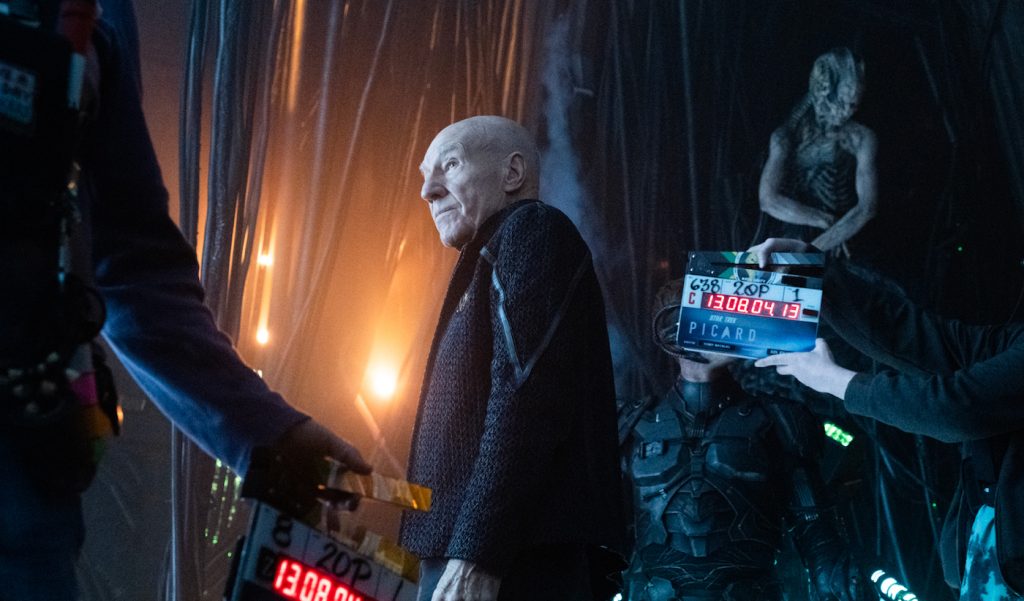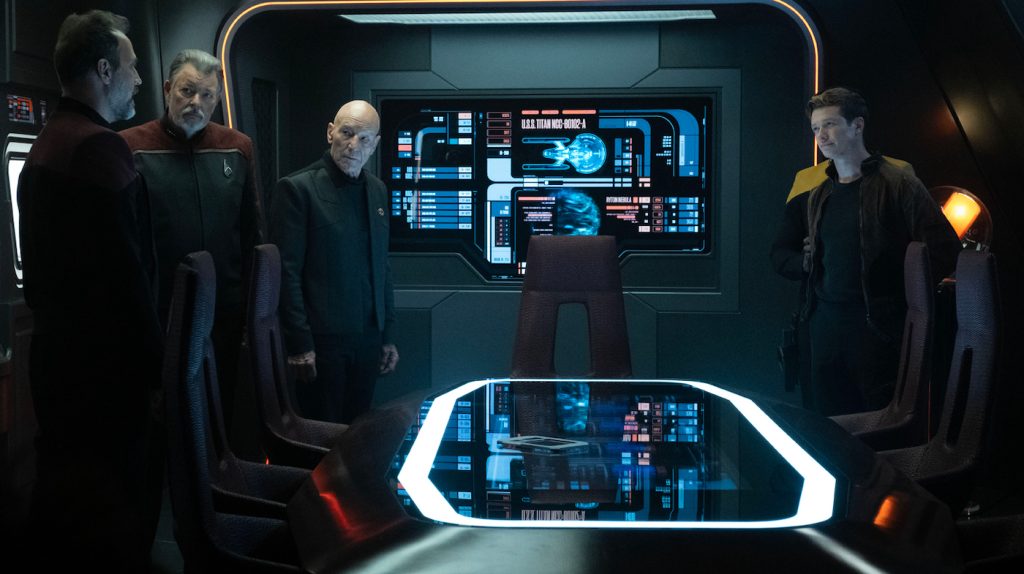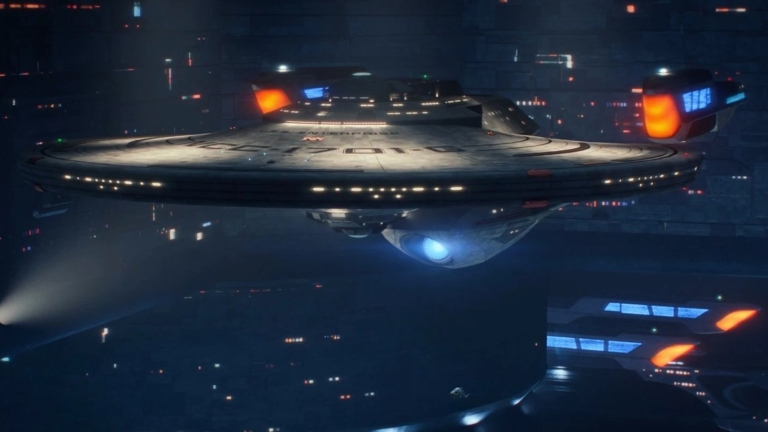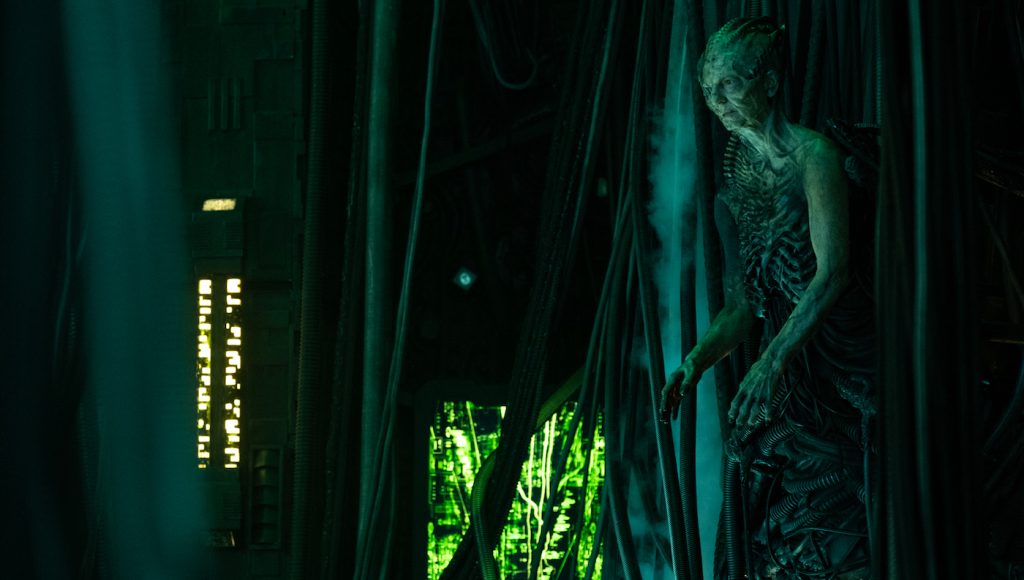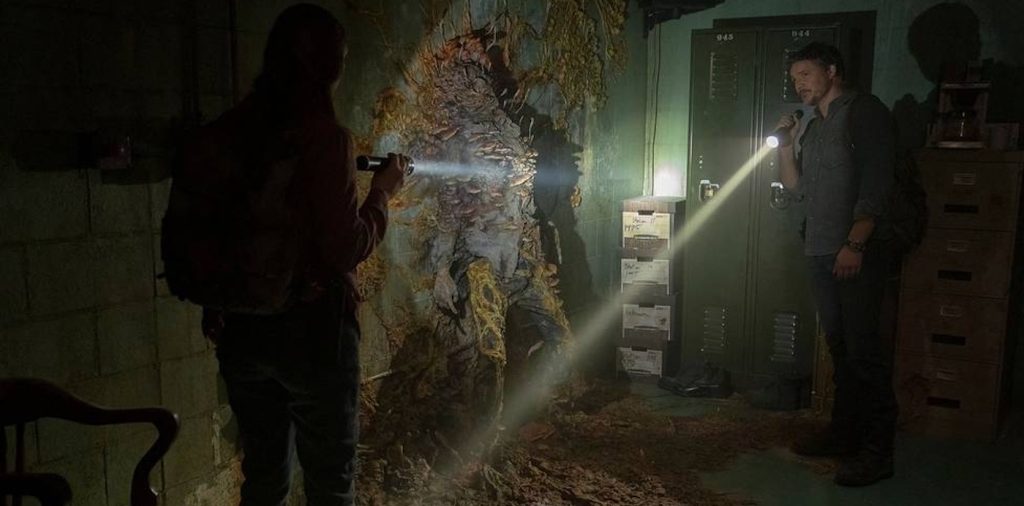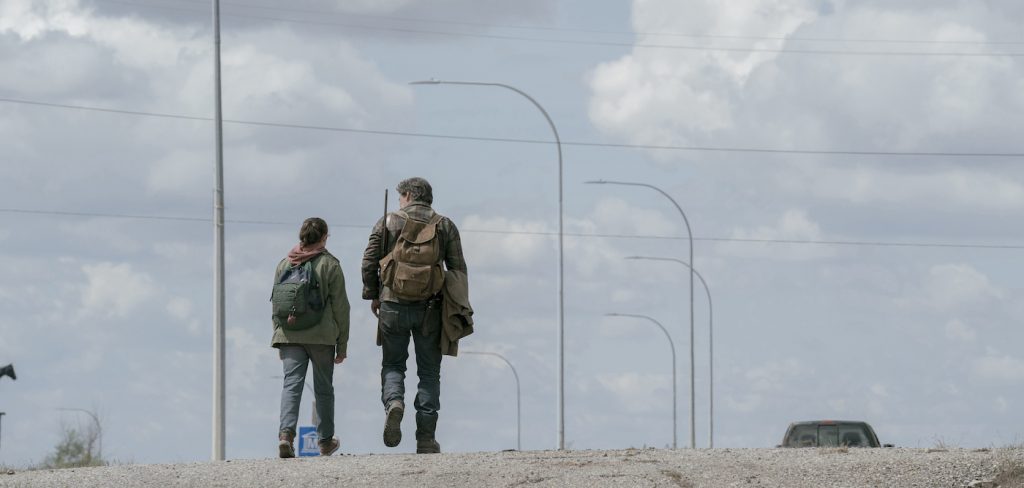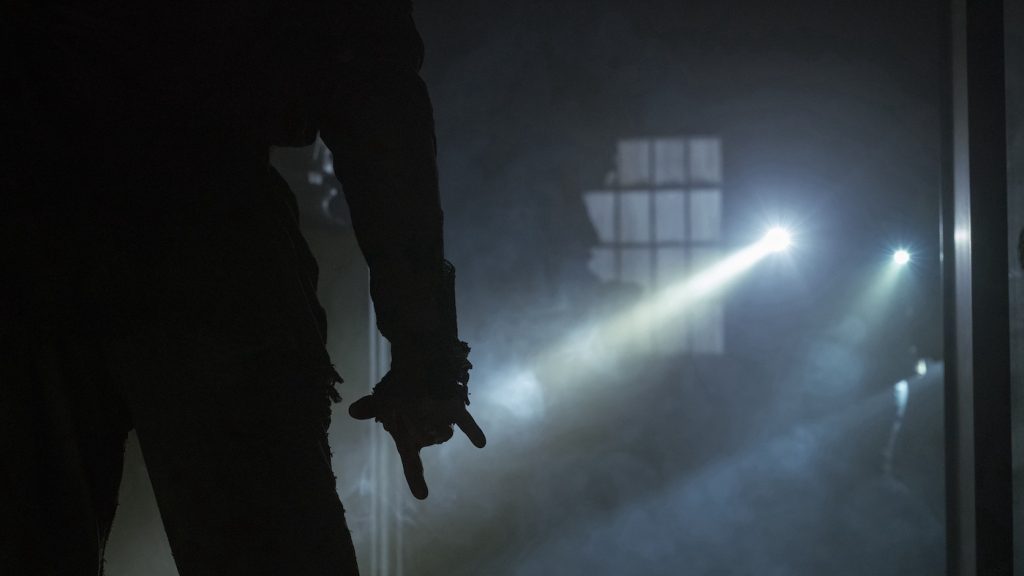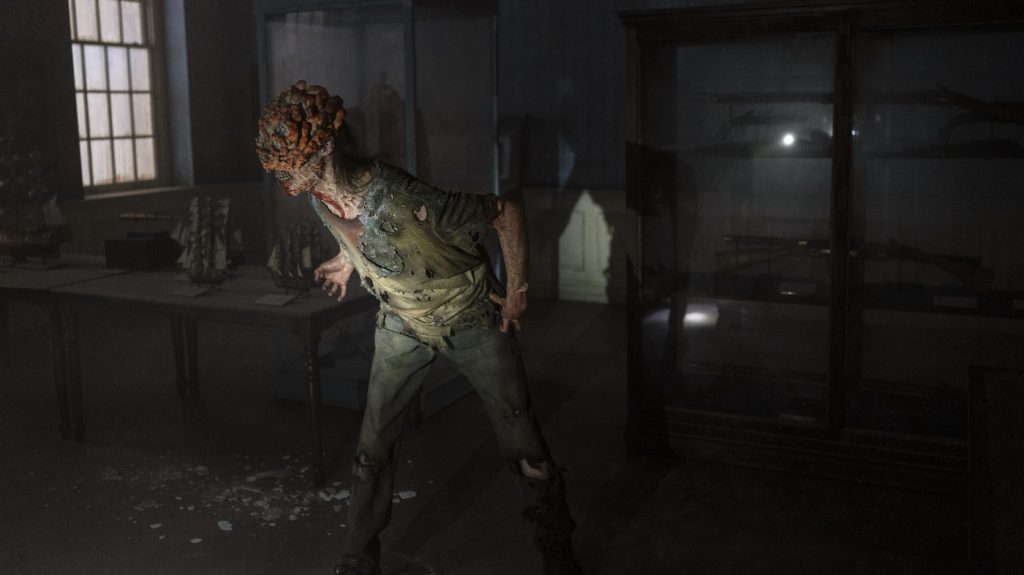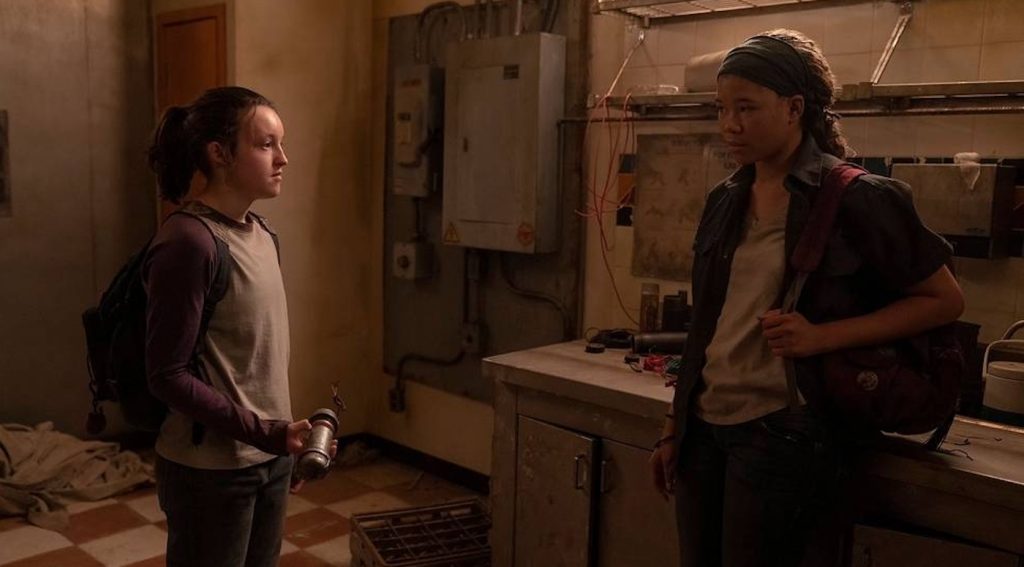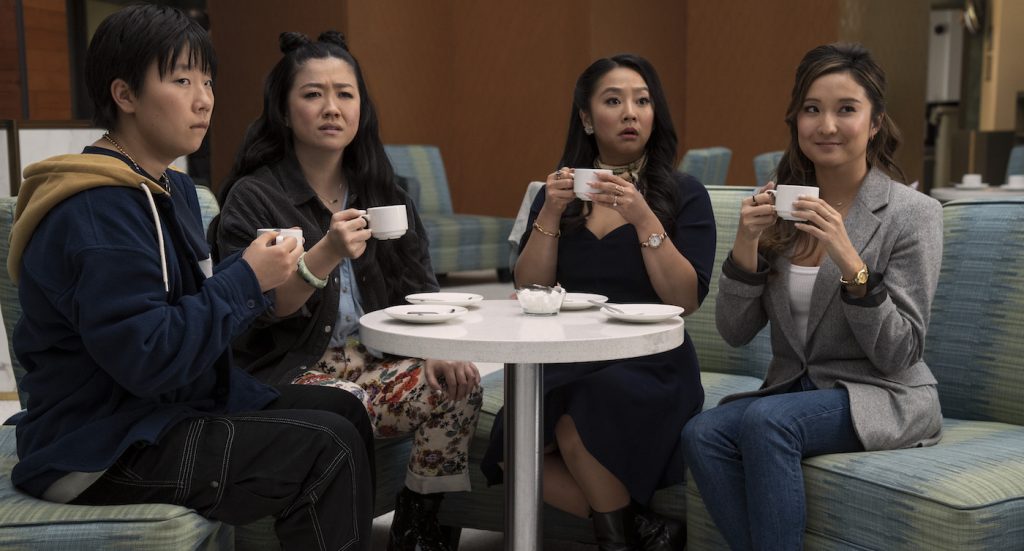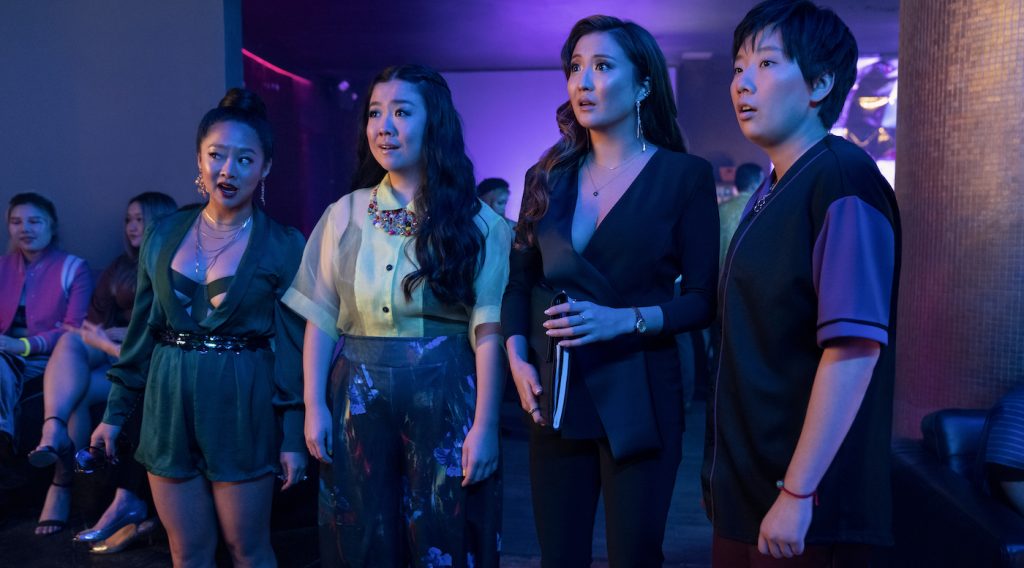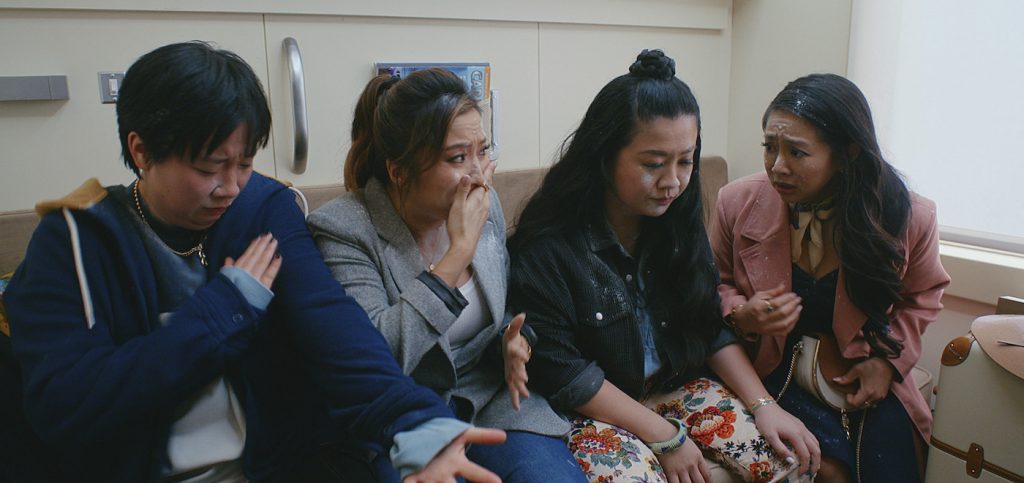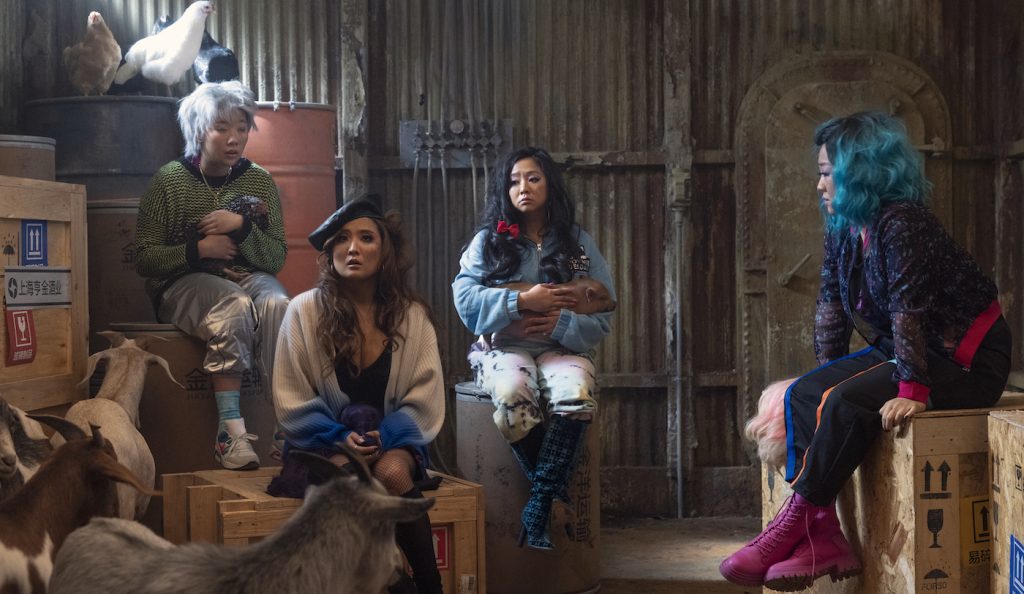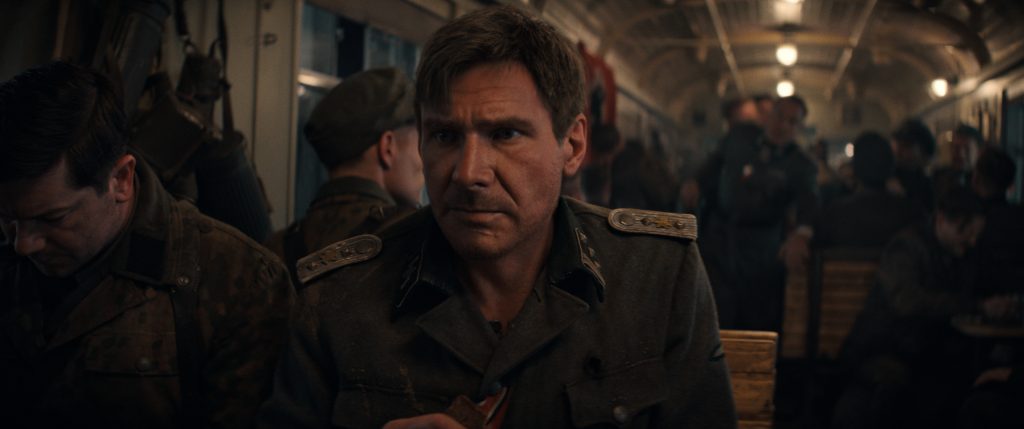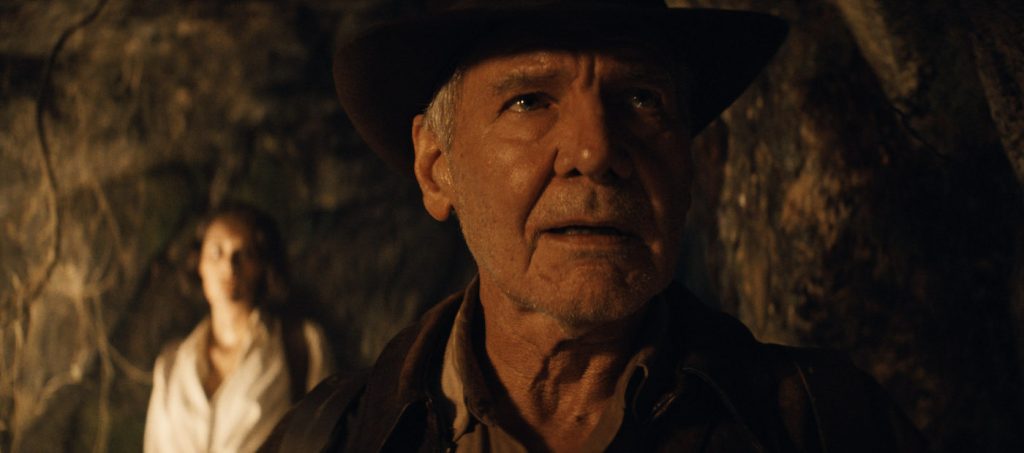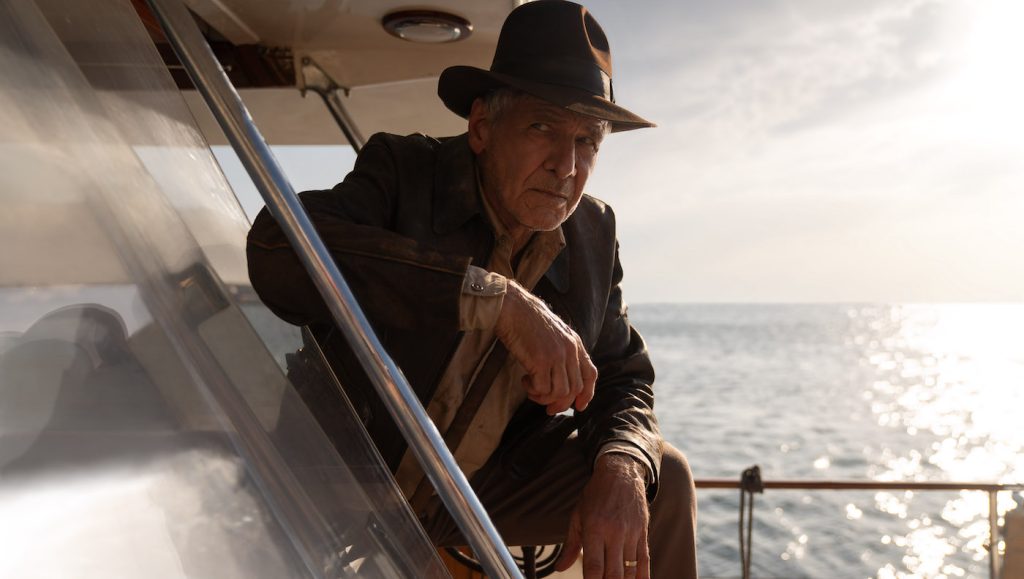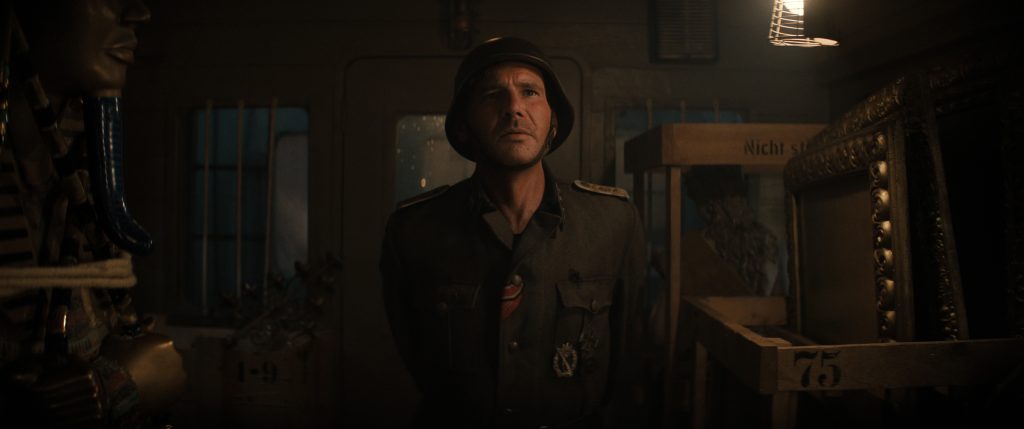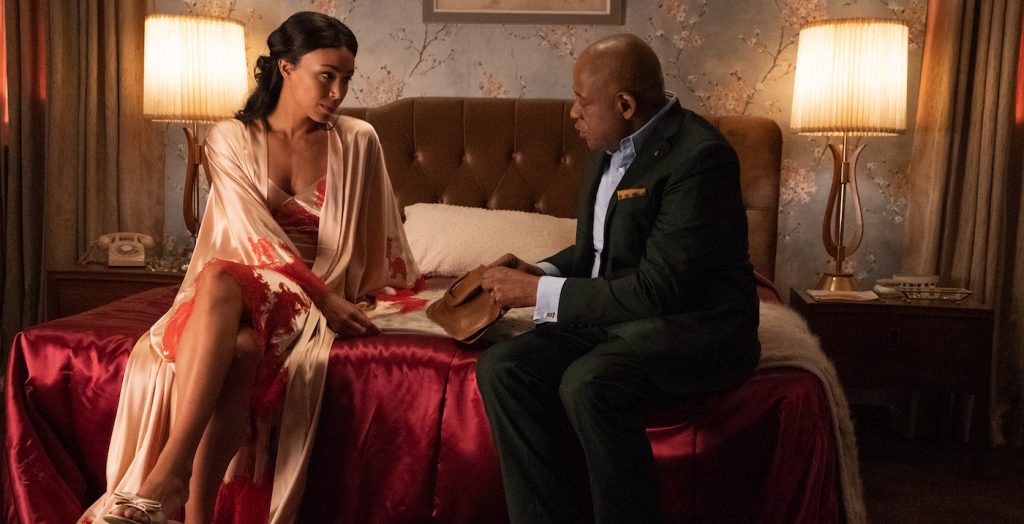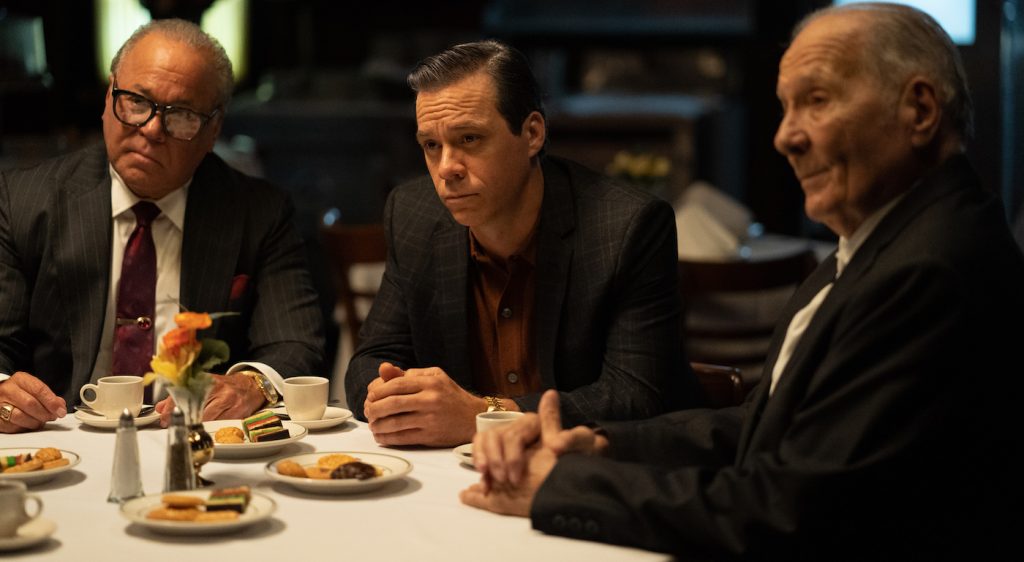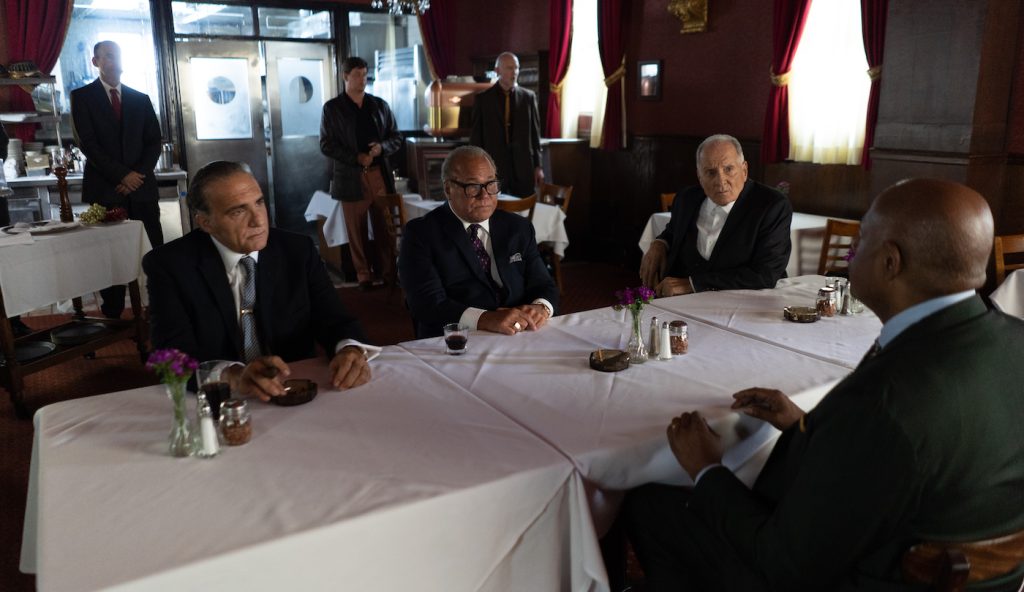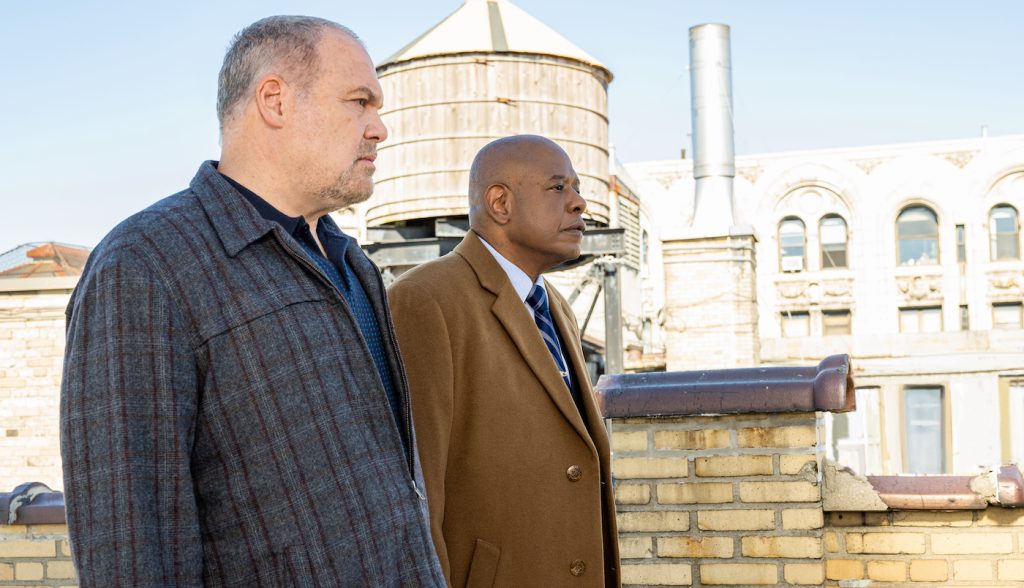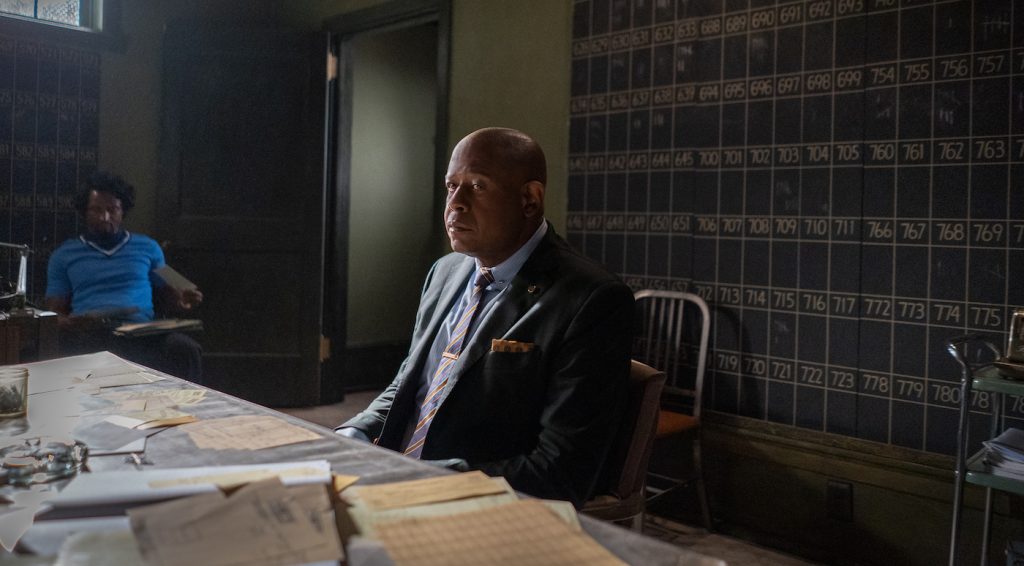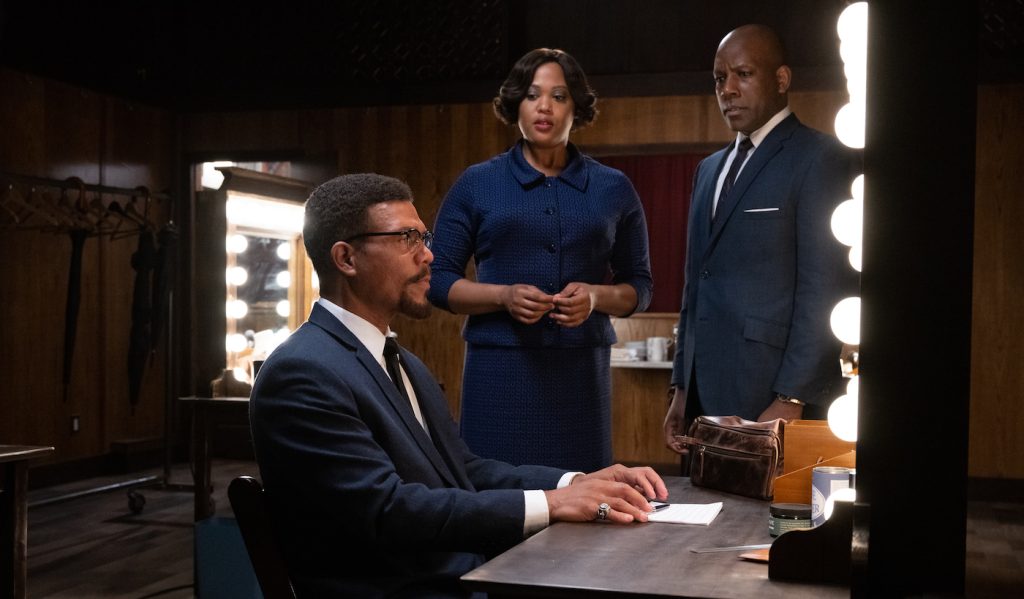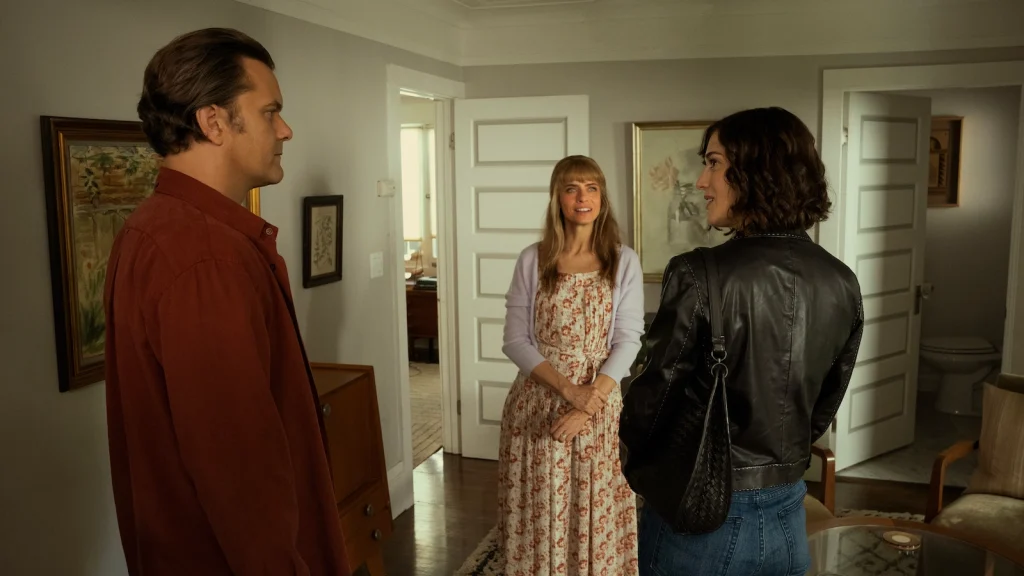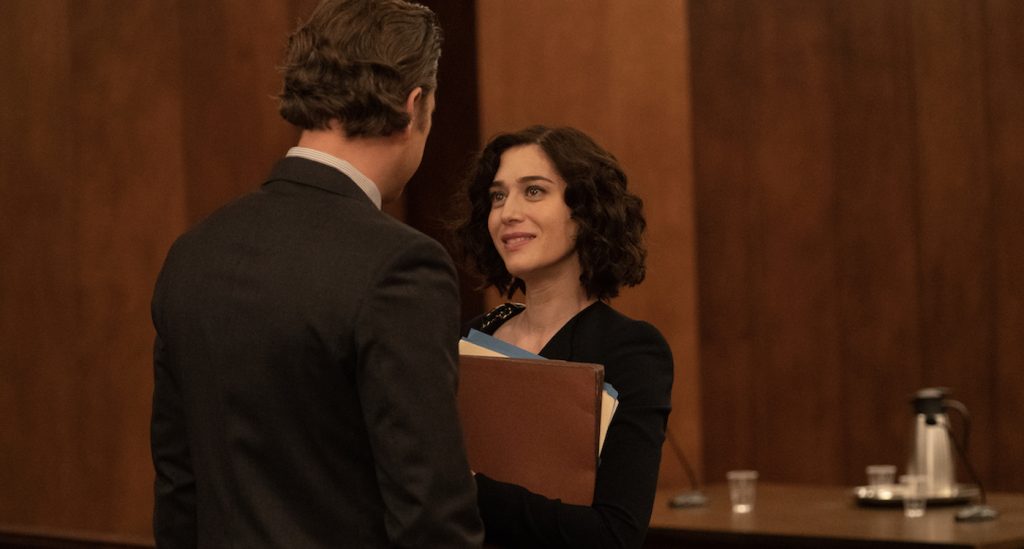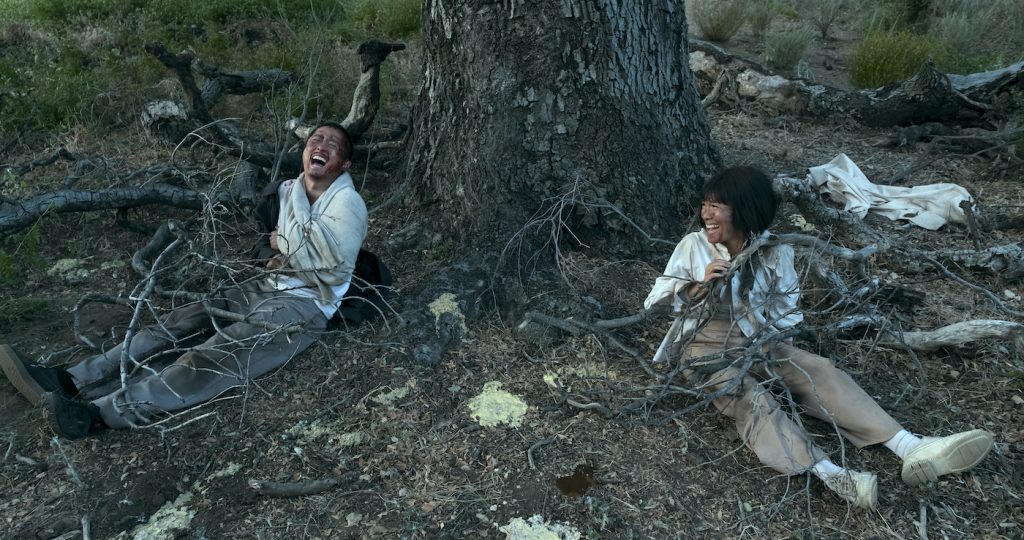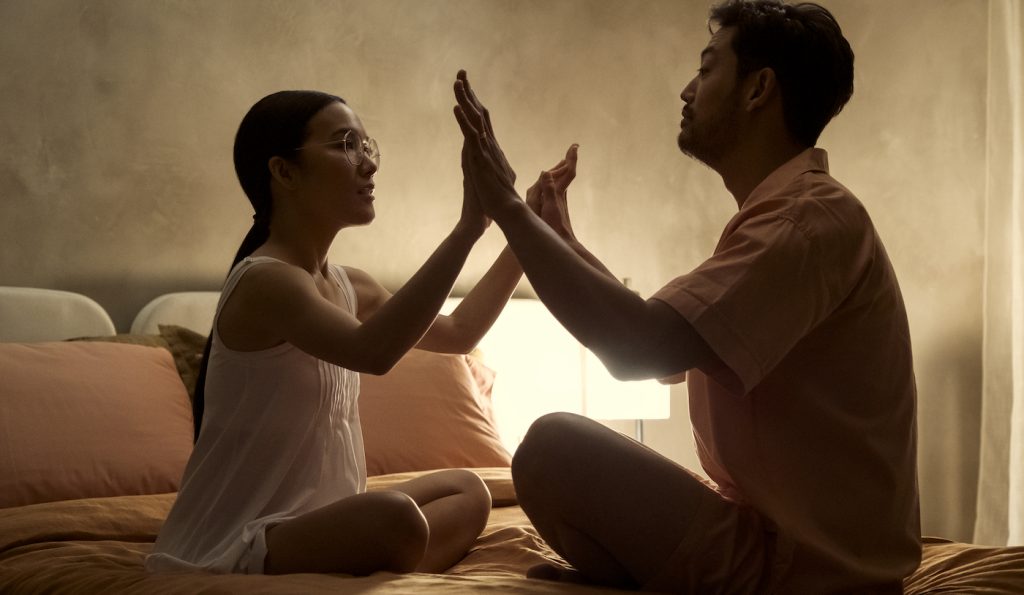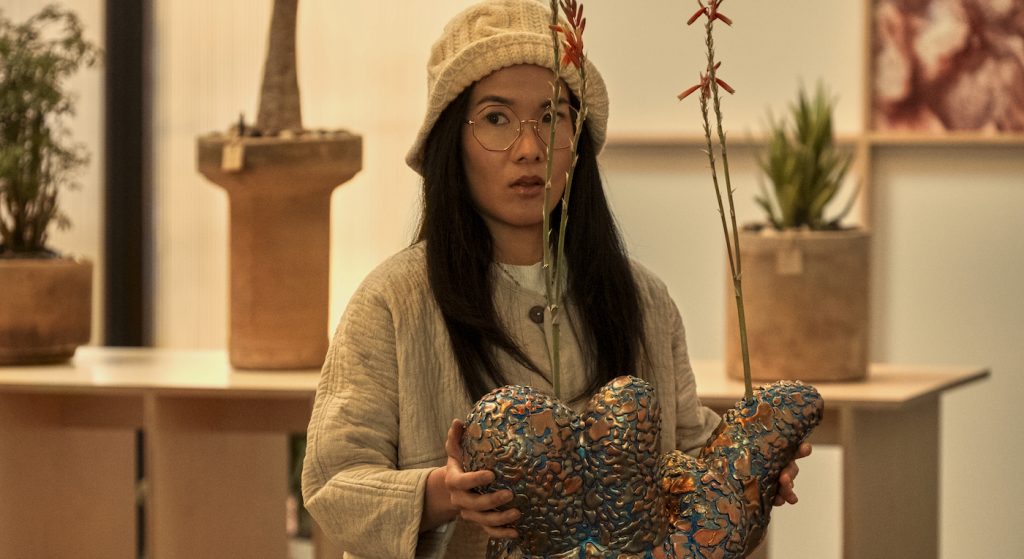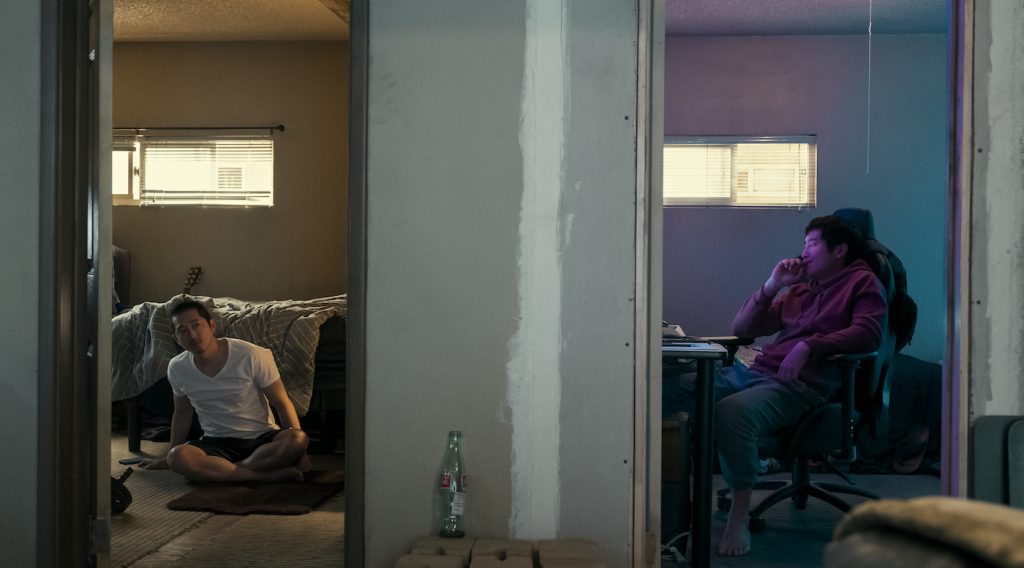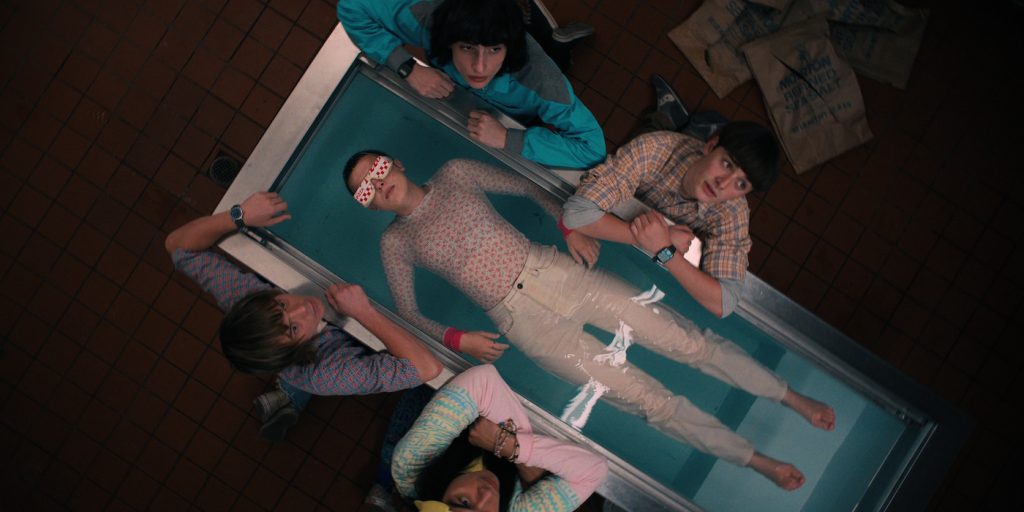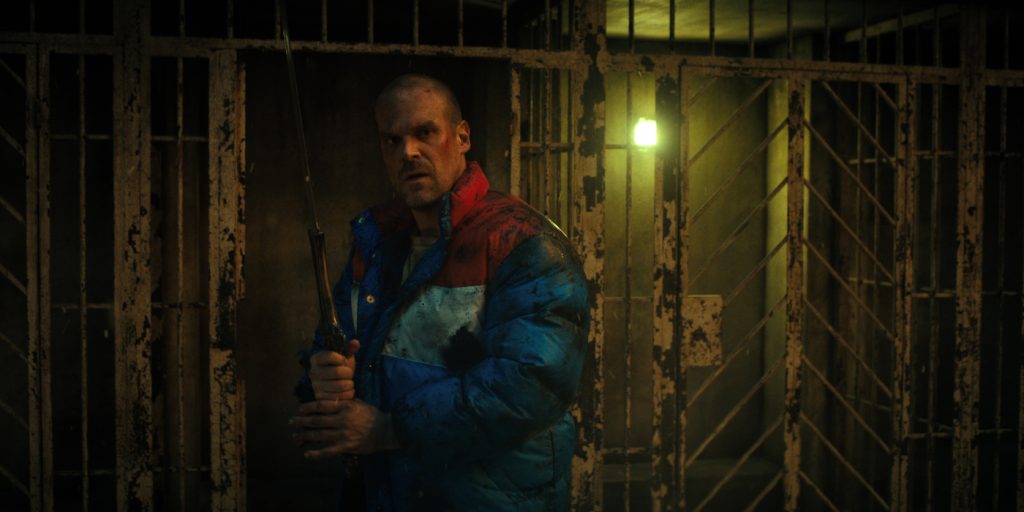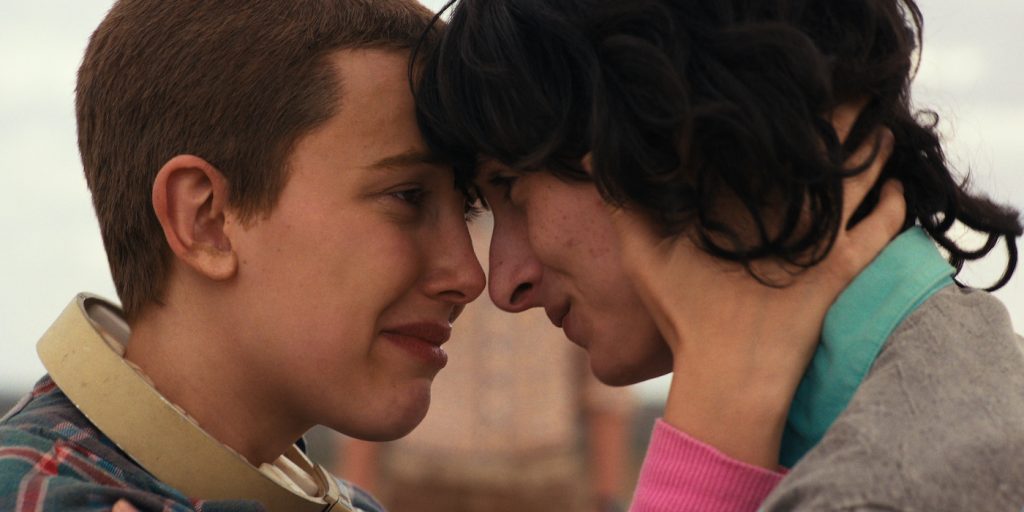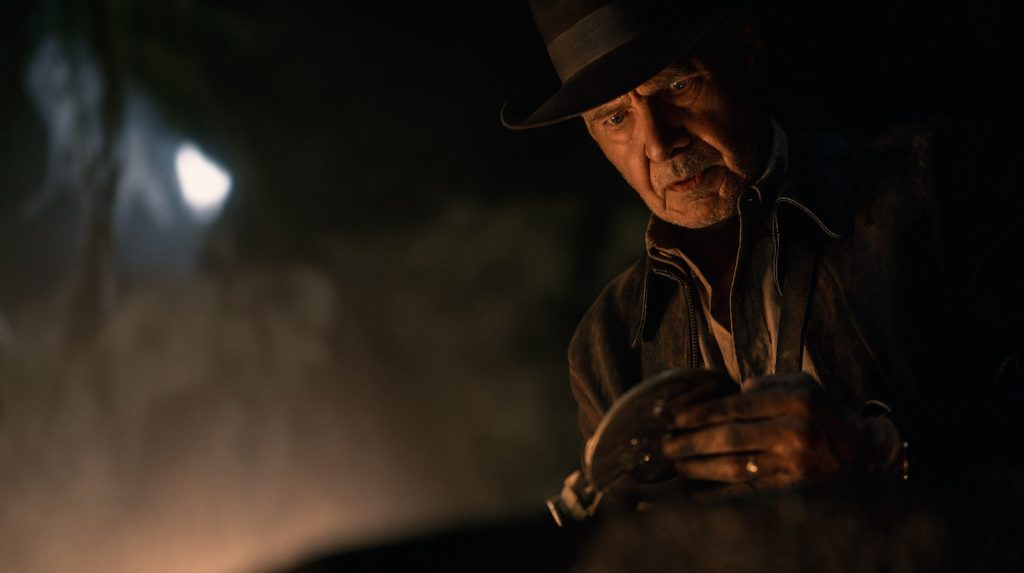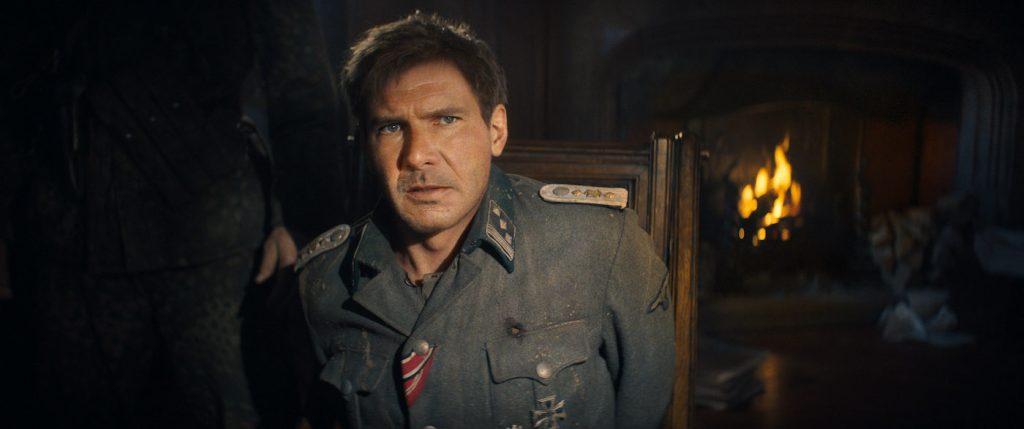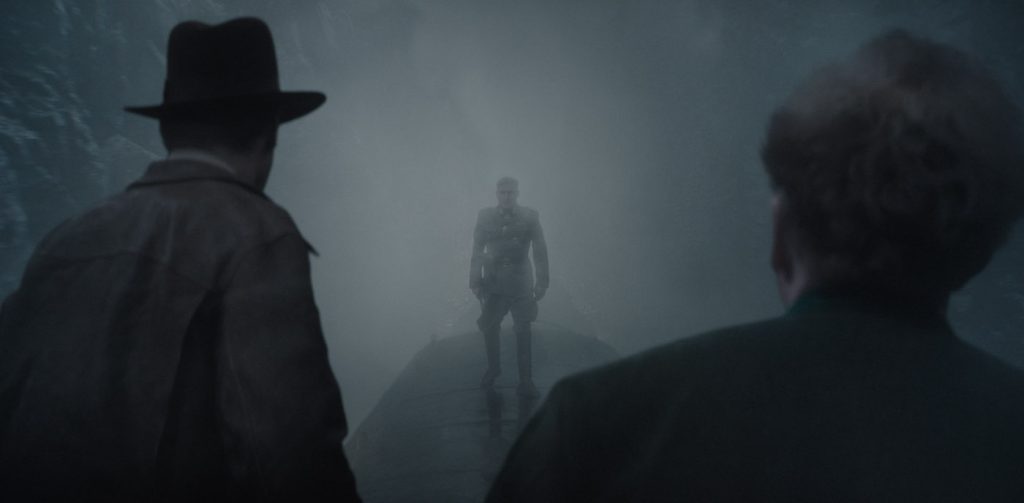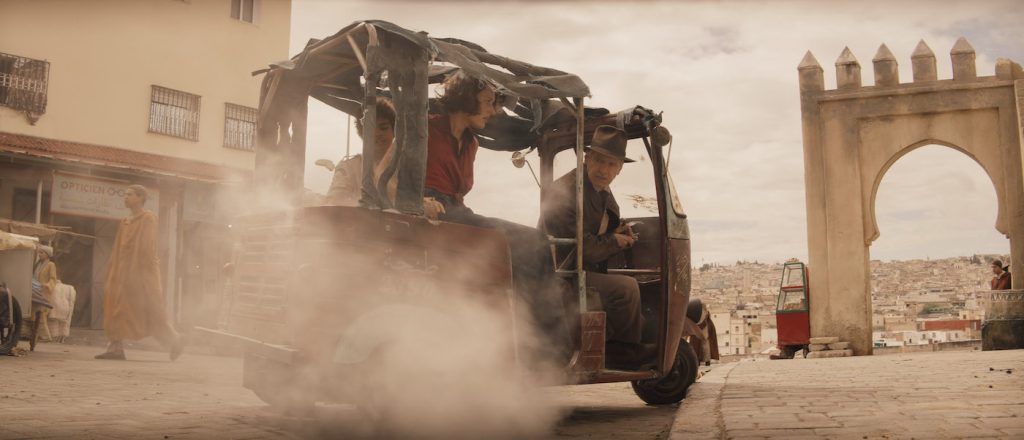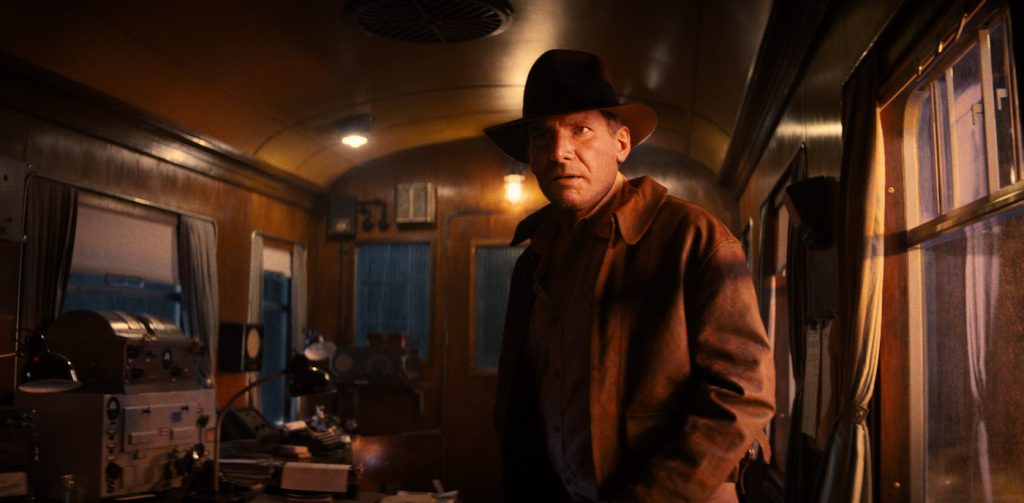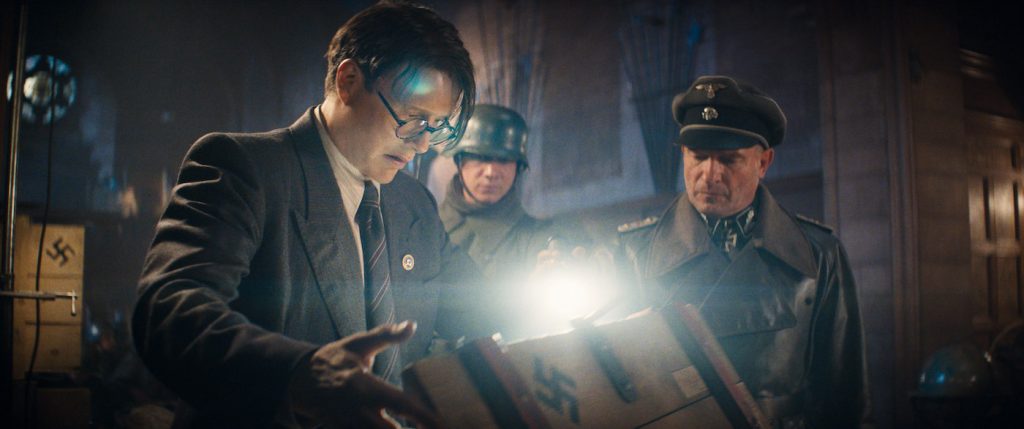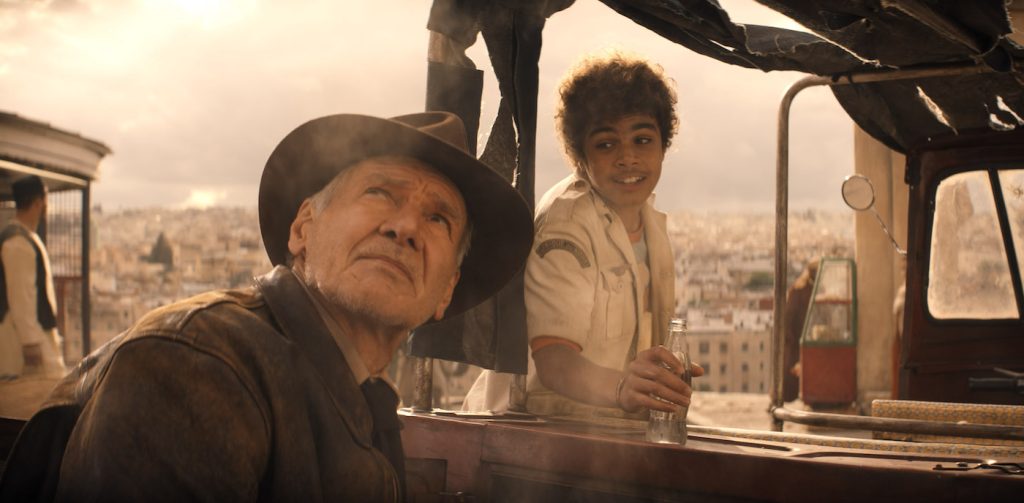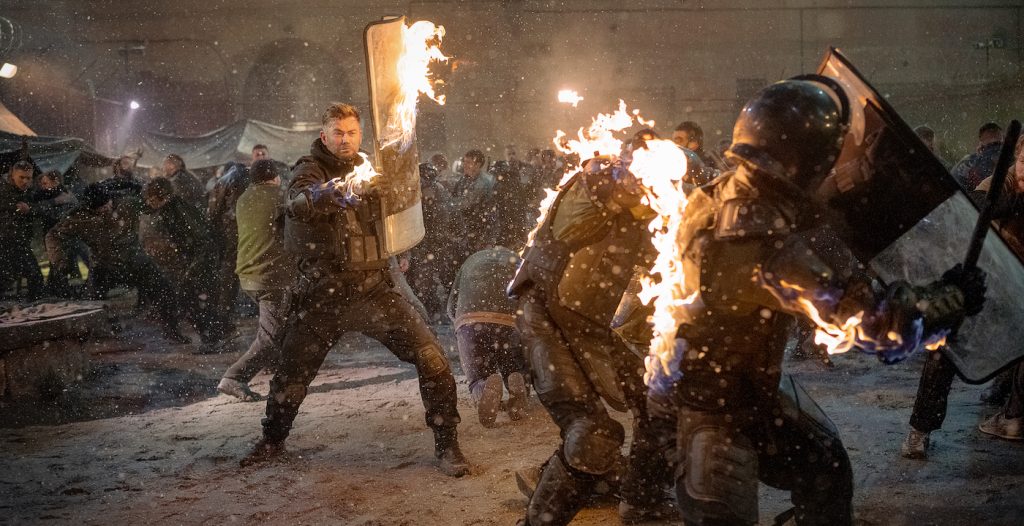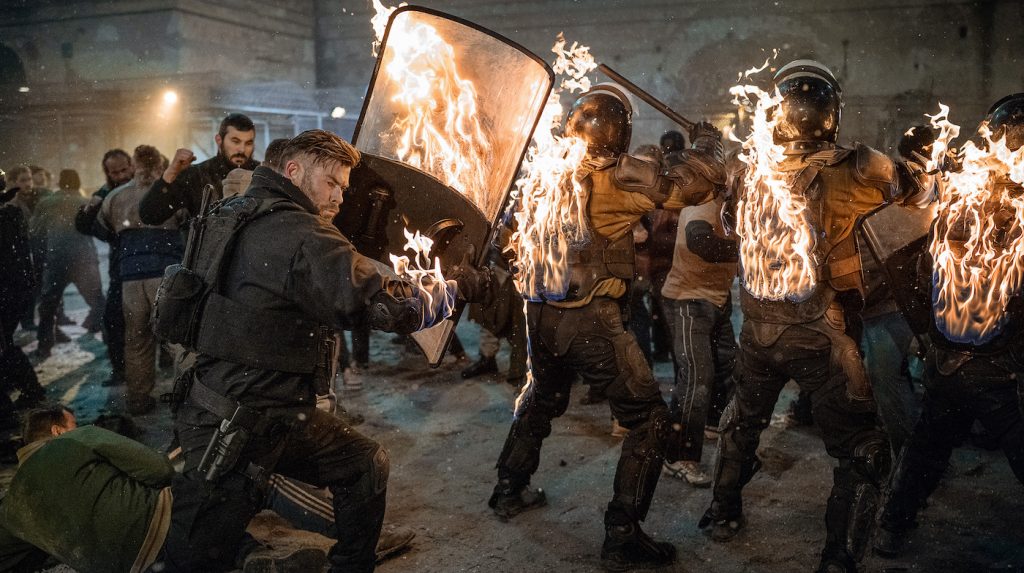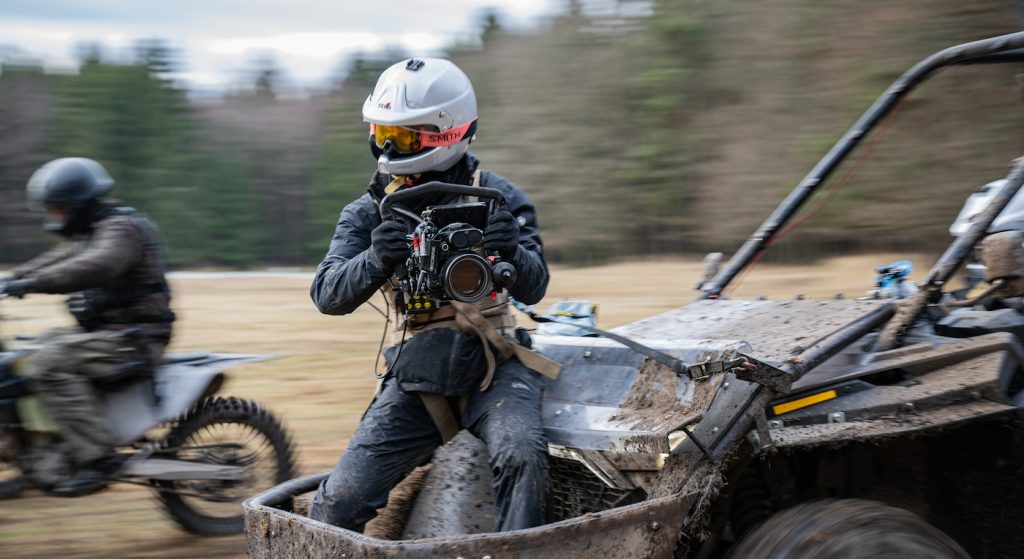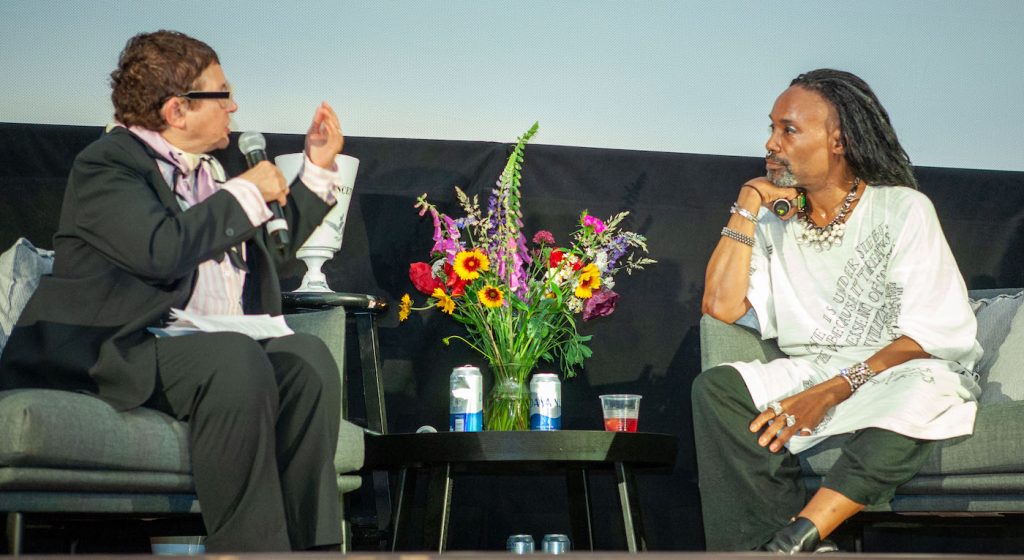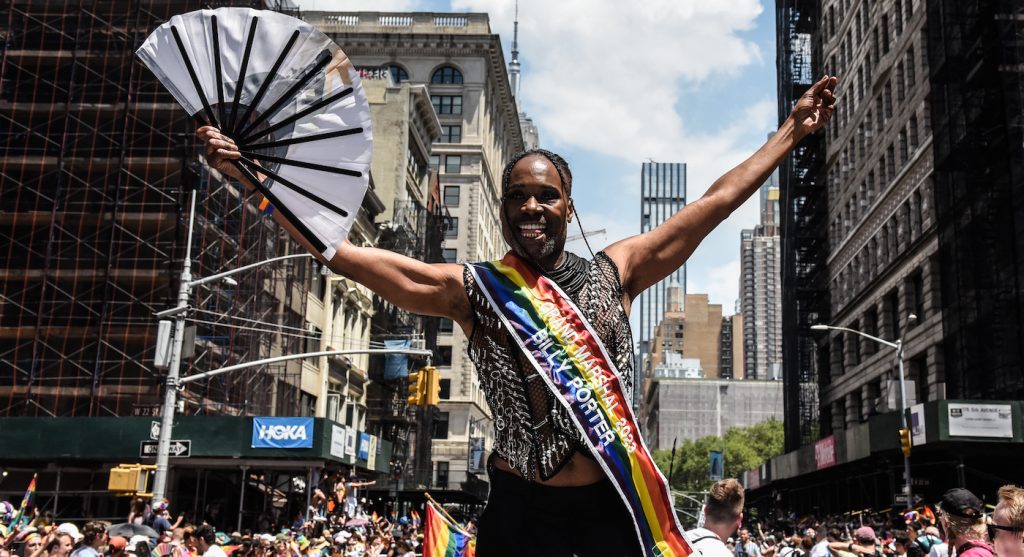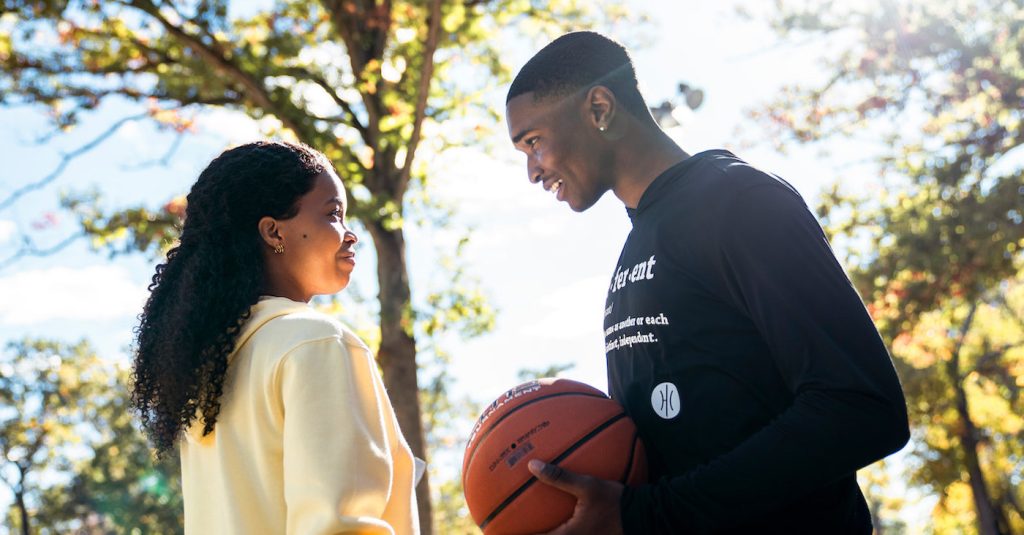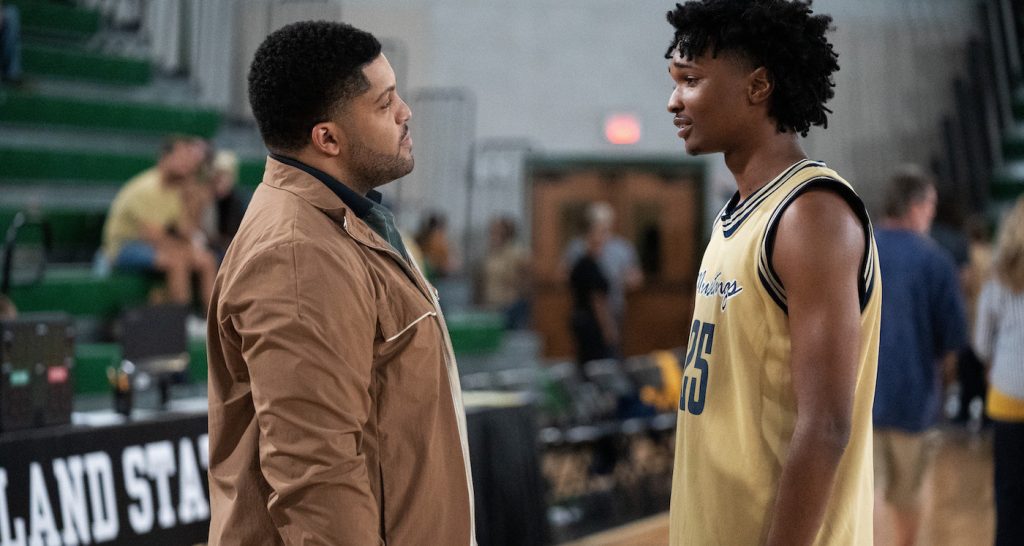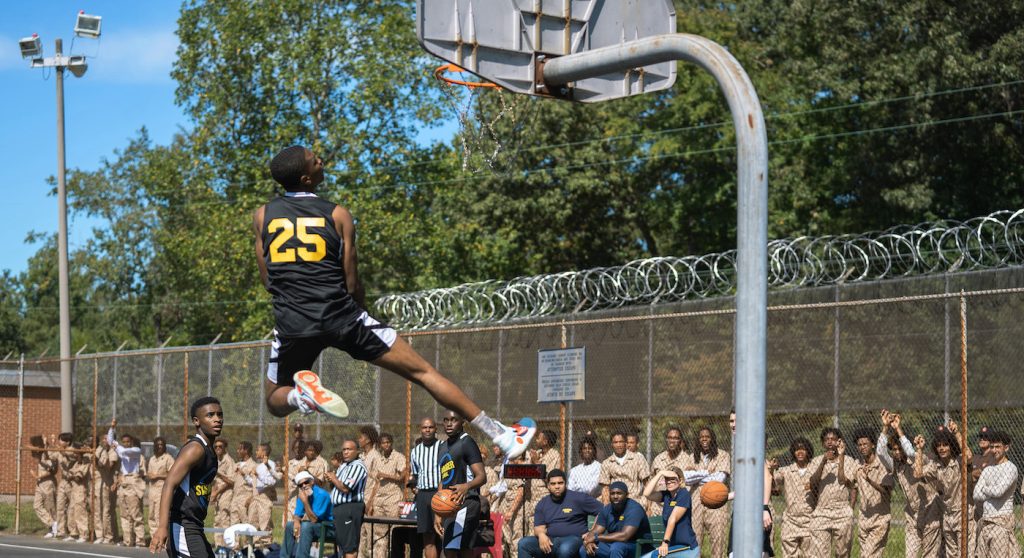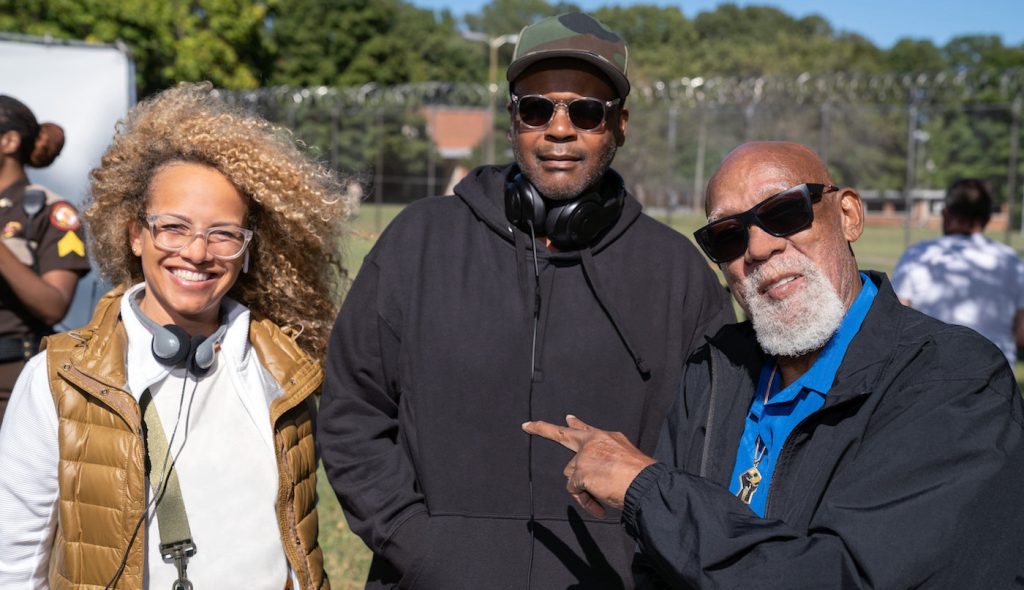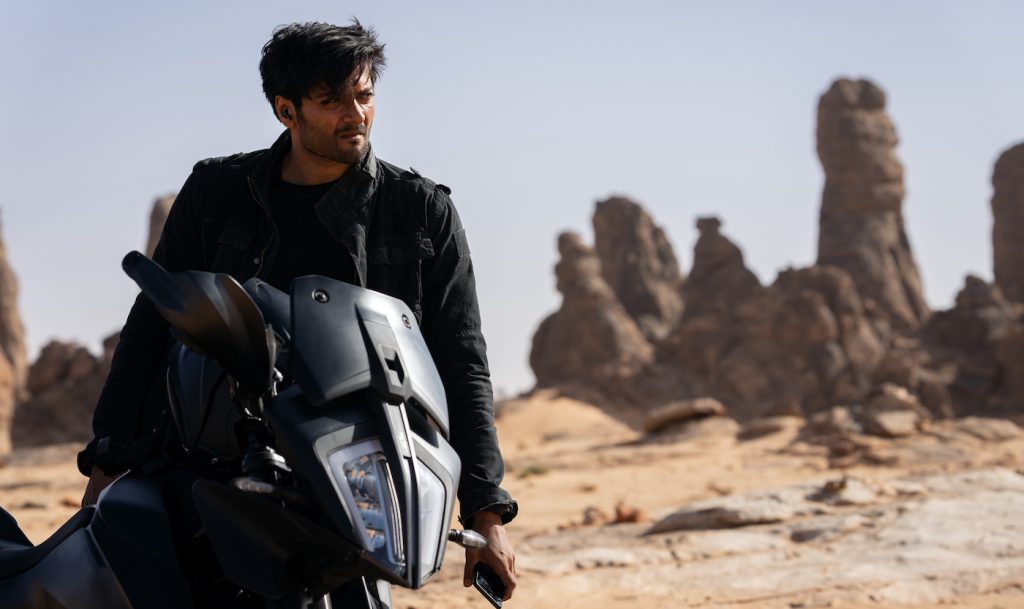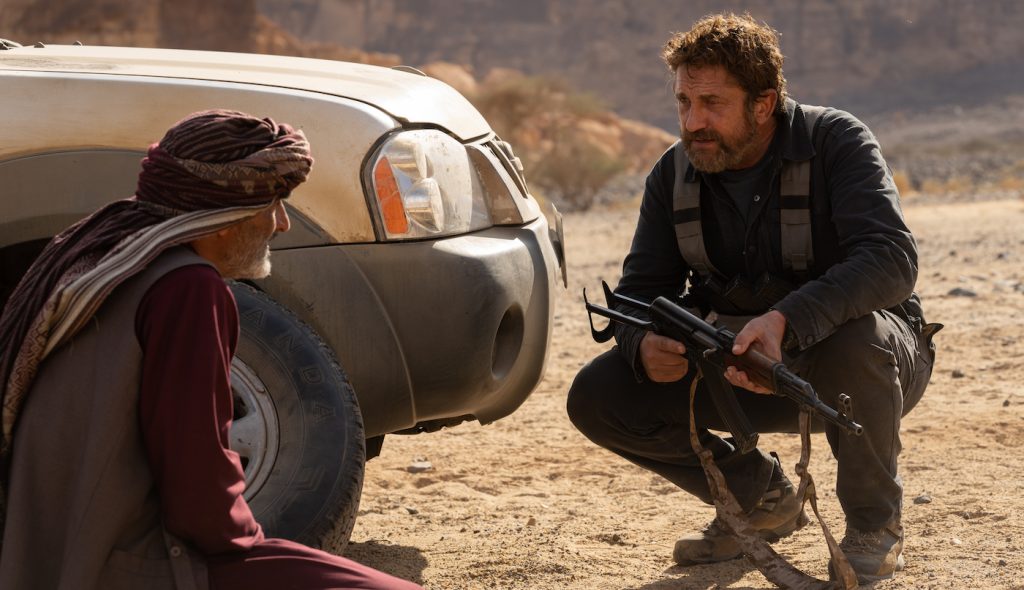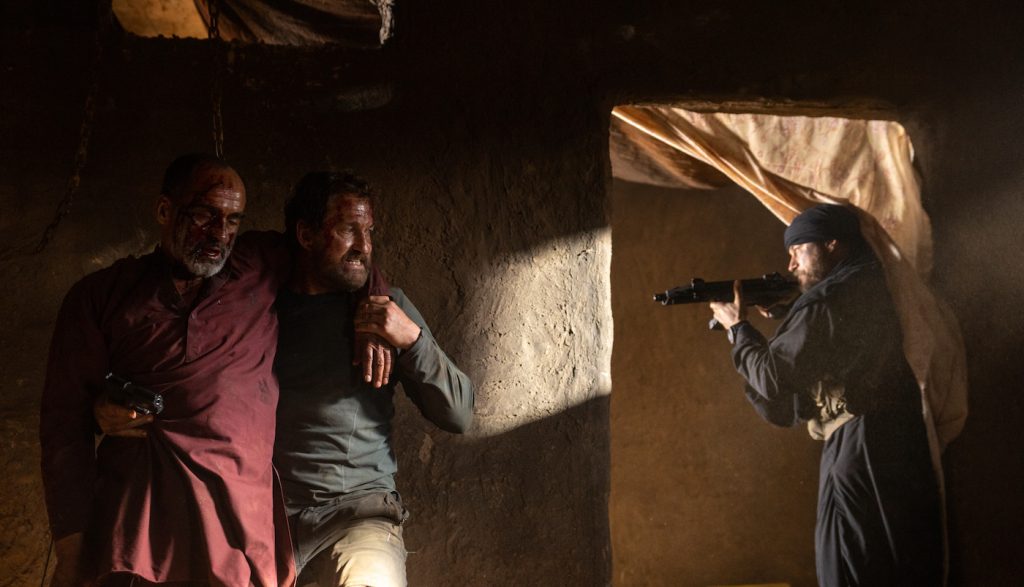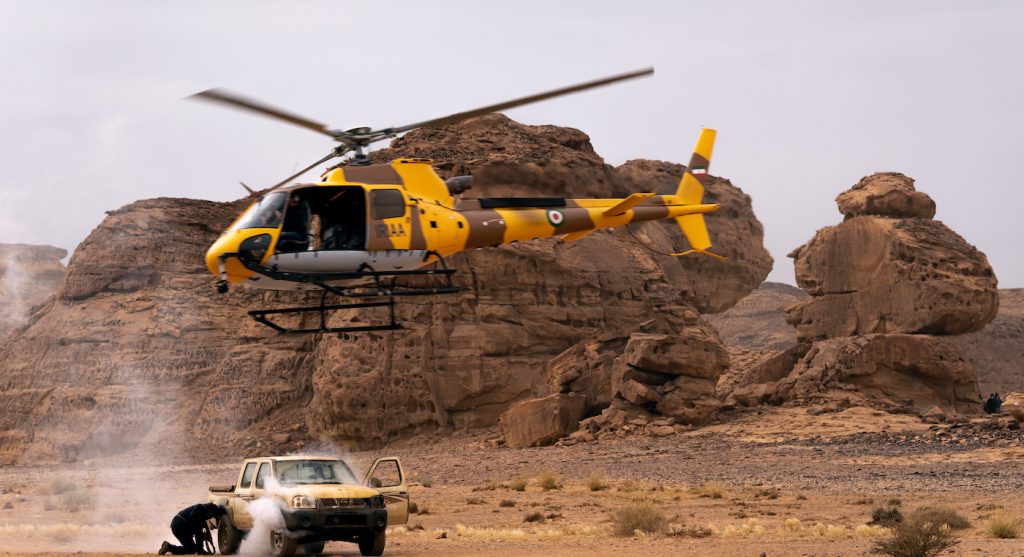Now that June has given way to July, it is clear that summer is finally upon us. The sun is shining, bright, hot, and heavy. Birds are singing. Bees are buzzing. Dads around the country are grilling hot dogs for late-evening barbecues. And last but not least, the slate of this season’s upcoming films has given viewers much to look forward to.
For movie lovers wishing to avoid the summer heat — either by hiding away in a theater for a few hours or by simply streaming at home — be sure to tune in to the films listed below. From original horror flicks to reimagining familiar characters, these ten films are sure to keep you occupied until autumn comes back around.
Insidious: The Red Door
Release date: July 7
Directed by: Patrick Wilson (making his directorial debut).
Starring: Ty Simpkins, Patrick Wilson, Rose Byrne, Lin Shaye.
Quick Peek: Horror fanatics and lovers of things Insidious will get their kicks with the final chapter of the popular franchise. The film follows the Lamberts ten years after the last installment, where Dalton is now heading off to college. Unfortunately for the young undergraduate, the dark forces that once plagued his family emerge again, forcing the group to face the evils of their past once and for all.
Where to watch: In theaters.
Joy Ride
Release date: July 7
Directed by: Adele Lim (making her feature directorial debut).
Starring: Ashley Park, Stephanie Hsu, Sherry Cola, and Sabrina Wu.
Quick Peek: High energy, undoubtedly explicit, and truly hilarious, Joy Ride is an epic of identity and chaos. Four Asian-American friends — Audrey, Lolo, Kat, and Deadeye — journey through Asia to find one of their birth mothers, as well as themselves, along the way.
Where to watch: In theaters.
Mission: Impossible – Dead Reckoning Part One
Release date: July 10
Directed by: Christopher McQuarrie.
Starring: Tom Cruise, Rebecca Ferguson, Hayley Atwell, Vanessa Kirby.
Quick Peek: As with all Mission: Impossible films, this film promises action, adventure, and Tom Cruise doing ludicrously dangerous stunts. The film brings back Ethan Hunt and the IMF team as they attempt to complete their most thrilling mission yet — tracking down an incredibly dangerous artificial intelligence-based weapon before it falls into the wrong hands.
Where to watch: In theaters.
Theater Camp
Release date: July 14
Directed by: Molly Gordon and Nick Lieberman (making their directorial debuts).
Starring: Molly Gordon, Ben Platt, Noah Galvin, Ayo Edibiri.
Quick Peek: Hamilton-vinyl buyers, Glee re-watchers, and former theater kids of any creed — this novel mockumentary is calling your names. This film follows the eccentric — and sometimes insufferable — staff of a theater camp in upstate New York as they are forced to come together when their beloved founder falls into a coma.
Where to watch: In theaters.
Barbie
Release date: July 21
Directed by: Greta Gerwig.
Starring: Margot Robbie, Ryan Gosling, Will Ferrell, Emma Mackey.
Quick Peek: Barbie isn’t just a doll—she’s also a flawed and curious woman, as director Greta Gerwig reveals in her latest film. This highly anticipated movie has Barbie and Ken living their perfect, pink lives in Barbie Land — until they get a chance to peer into the real world. While being around actual people, they must contemplate the triumphs, perils, and often harrowing truths of human life. Oh, and Barbie gets arrested.
Where to watch: In theaters.
Oppenheimer
Release date: July 21
Directed by: Christopher Nolan.
Starring: Cillian Murphy, Robert Downey Jr., Florence Pugh, Emily Blunt, Matt Damon.
Quick Peek: “Now I am become Death, the destroyer of worlds.” This quote from the Bhavad-Gita was thought of by the real J. Robert Oppenheimer after witnessing the Trinity Test, the first-ever detonation of a nuclear weapon, one which he helped create. Oppenheimer tells the story of the titular physicist and his leading role in the Manhattan Project — as well as the inner turmoil he faced throughout the process.
Where to watch: In theaters.
Talk to Me
Release date: July 28
Directed by: Danny Philippou and Michael Philippou (making their feature directorial debuts).
Starring: Sophie Wilde, Joe Bird, Alexandra Jensen, Otis Dhanji, Miranda Otto.
Quick Peek: Horror is blossoming this summer, as this buzzy, original A24 flick proves that you don’t have to wait until it’s dark and dreary outside to drop some seriously disturbed stories. Talk to Me follows a group of friends who learn how to conjure spirits with the help of an embalmed hand and soon get hooked on the thrill and possibilities of this power. However, things turn sour when one of them unleashes terrifying supernatural forces that nobody can control.
Where to watch: In theaters.
Teenage Mutant Ninja Turtles: Mutant Mayhem
Release date: August 2
Directed by: Jeff Rowe (in his feature directorial debut) and Kyler Spears.
Starring: Seth Rogen, Jackie Chan, Ayo Edebiri, Nicholas Cantu.
Quick Peek: If Spider-Man: Across the Spider-Verse wasn’t enough to satisfy your animation fix, then tune into this exciting, gritty take on every kid’s favorite sewer turtles. This time, the gang wants to be accepted as normal teens in New York, but a criminal syndicate and an army of mutants may force the group to take on different plans.
Where to watch: In theaters.
Blue Beetle
Release date: August 18
Directed by: Angel Manuel Soto.
Starring: Xolo Maridueña, Bruna Marquezine, George Lopez, Raoul Trujillo.
Quick Peek: The perpetual superhero craze is always moving between Marvel to the DC Universe (now the domain of James Gunn and Peter Safran), and Blue Beetle is the second-to-last film from the previous DC Studios brain trust (the other is Aquaman and the Lost Kingdom), and focuses on the story of Jaime Reyes, a teenager who is chosen by an alien relic called the Scarab to be its new host, leading him to extraordinary yet uncertain powers.
Where to watch: In theaters.
Bottoms
Release date: August 25
Directed by: Emma Seligman.
Starring: Rachel Sennott, Ayo Edibiri, Havana Rose Liu, Marshawn Lynch.
Quick Peek: Irreverent humor is always welcome, especially in the dog days of summer. So are stories about unpopular teens trying to make the most of high school before graduation. So are queer stories. All this — and more — make up Bottoms. The film follows two queer social outcasts who create a “fight club” to lose their virginities before school is out, but things go awry when all the most popular girls in school start beating people up in self-defense.
Where to watch: In theaters.
Featured image: L-r: Caption: MARGOT ROBBIE as Barbie in Warner Bros. Pictures’ “BARBIE,” a Warner Bros. Pictures release. Photo Credit: Courtesy Warner Bros. Pictures; “Oppenheimer” movie poster. Courtesy Universal Pictures.


